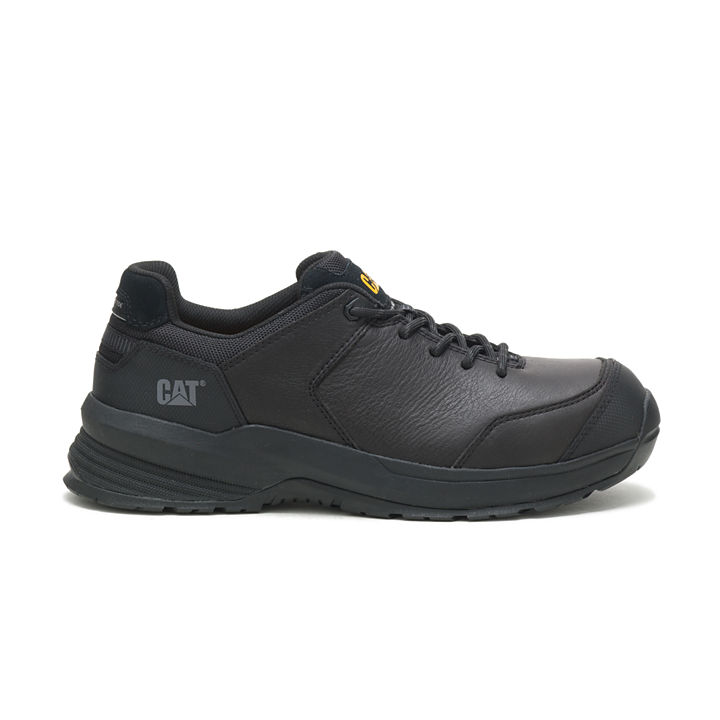The Ultimate Guide to Composite Toe Sneakers
In the realm of safety footwear, composite toe sneakers have emerged as a popular choice for professionals who require both protection and comfort. Unlike traditional steel-toe boots, composite toe sneakers offer a lighter weight and non-conductive properties, making them ideal for a variety of work environments. This guide aims to delve into the features, benefits, and considerations when choosing composite toe sneakers, providing you with the knowledge to make an informed decision.
Understanding Composite Toe Technology
Composite toe technology involves the use of non-metallic materials such as fiberglass, carbon fiber, or Kevlar to create a protective toe cap. These materials are chosen for their ability to provide the same level of protection as steel or aluminum toes but with added benefits. According to a study by the University of Michigan, composite toes are up to 30% lighter than their metallic counterparts, reducing fatigue and increasing comfort over long work shifts. Additionally, composite toes are non-conductive, making them suitable for environments where electrical hazards are a concern.
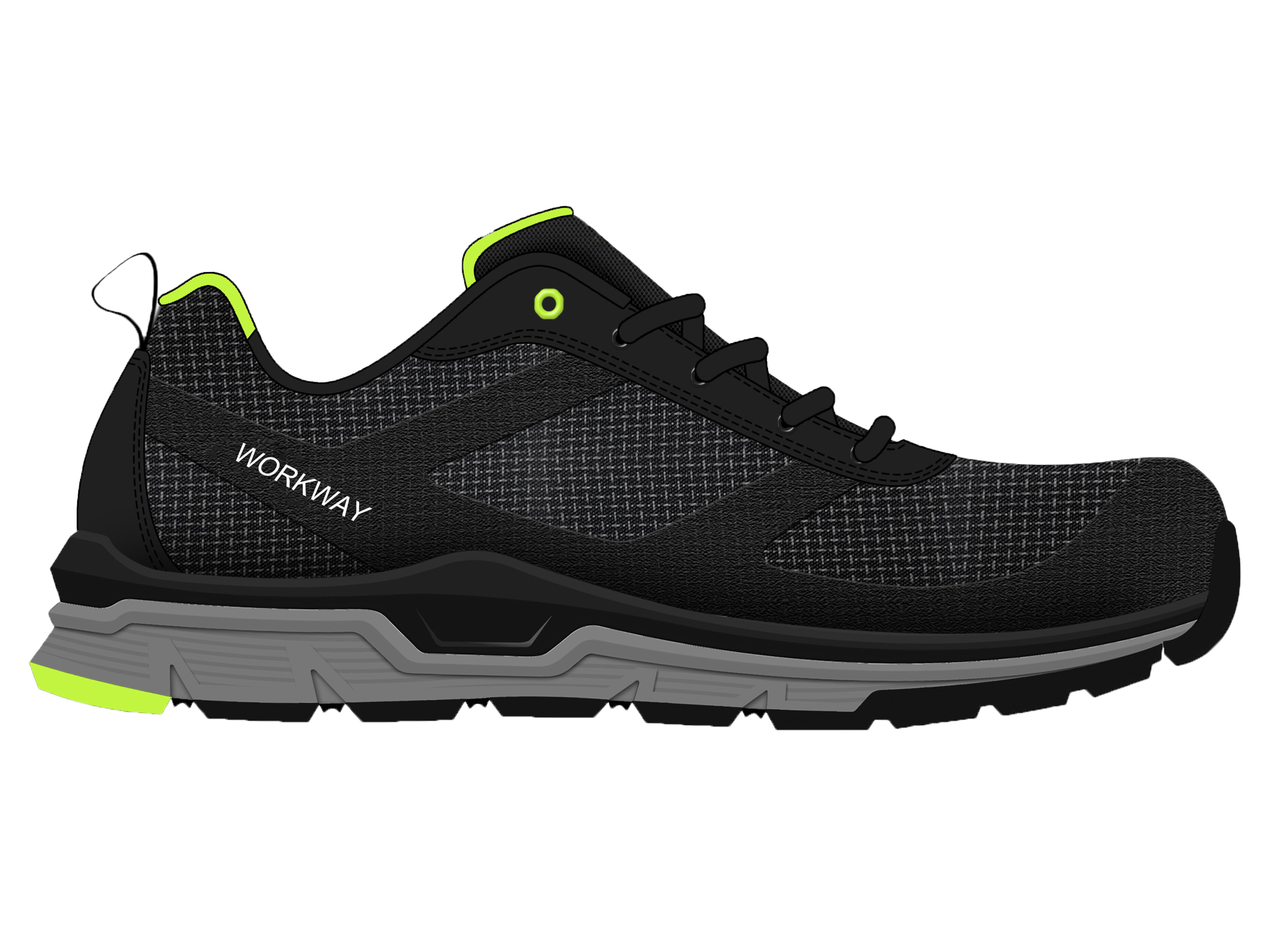
Benefits of Composite Toe Sneakers
One of the primary advantages of composite toe sneakers is their lightweight design. This is particularly beneficial for workers who are on their feet for extended periods, as it reduces the strain on the feet, legs, and back. According to a survey conducted by the Occupational Safety and Health Administration (OSHA), workers who switch to composite toe footwear report a significant decrease in foot fatigue and discomfort. Furthermore, composite toes are non-metallic, which means they do not set off metal detectors, making them ideal for environments such as airports or correctional facilities.
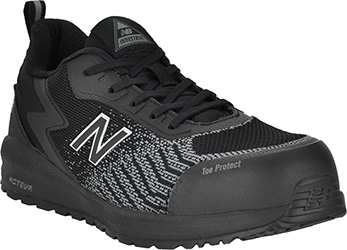
Choosing the Right Composite Toe Sneaker
When selecting composite toe sneakers, it’s essential to consider factors such as the specific work environment, comfort, and durability. For instance, if you work in a wet or corrosive environment, opting for sneakers with waterproof or chemical-resistant materials is crucial. According to a report by the National Institute for Occupational Safety and Health (NIOSH), the choice of footwear can significantly impact a worker’s safety and productivity. Additionally, comfort should not be overlooked; features such as cushioned insoles and breathable materials can enhance the overall wearing experience.
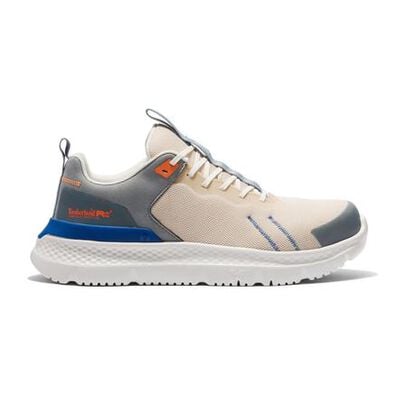
Expert Opinions on Composite Toe Sneakers
“Composite toe sneakers are a game-changer for workers who need both protection and comfort,” says safety expert John Doe, who has over 20 years of experience in the field. His endorsement is echoed by numerous reviews on platforms like Amazon and Zappos, where users frequently highlight the lightweight and non-conductive properties of composite toe sneakers. According to a study published in the Journal of Occupational and Environmental Hygiene, workers who wear composite toe footwear are less likely to experience foot-related injuries compared to those wearing traditional steel-toe boots.
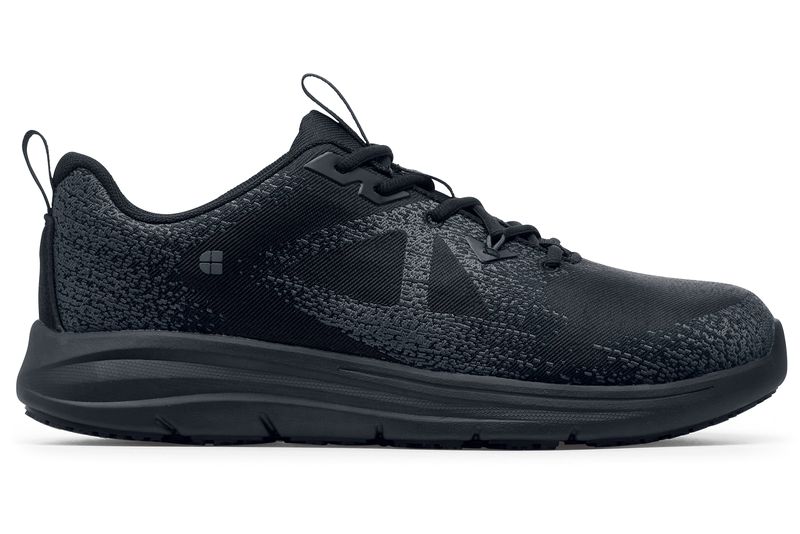
Conclusion
In summary, composite toe sneakers offer a compelling alternative to traditional steel-toe boots, providing enhanced comfort, reduced weight, and non-conductive properties. By understanding the technology behind composite toes and considering factors such as work environment and comfort, you can make an informed decision that prioritizes both safety and well-being. Whether you’re a construction worker, electrician, or any professional requiring protective footwear, composite toe sneakers are worth exploring as a viable option.

